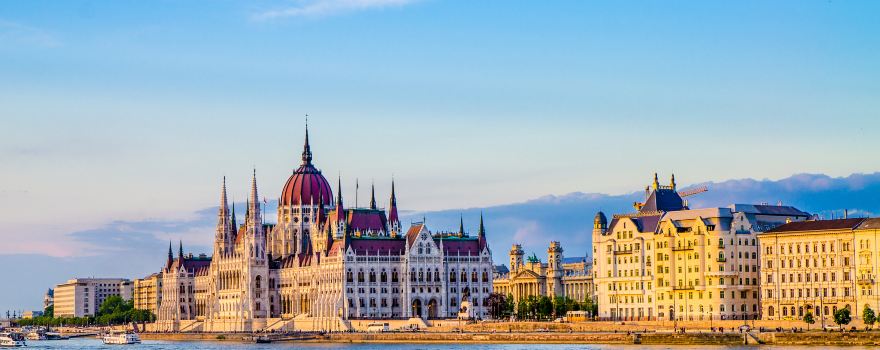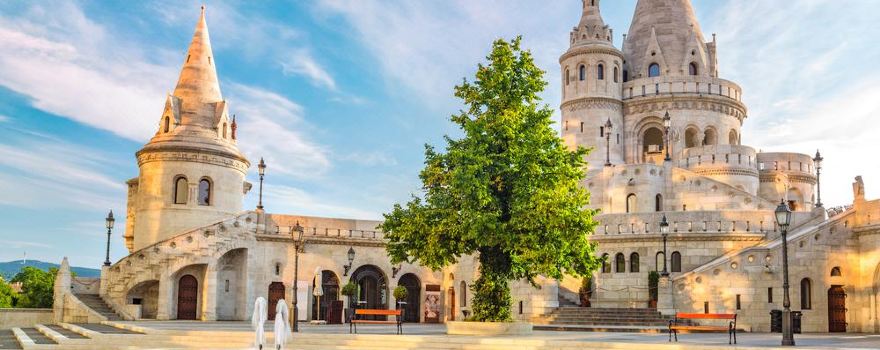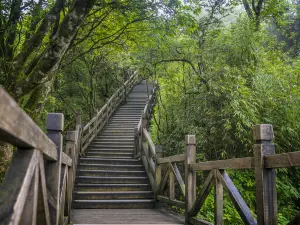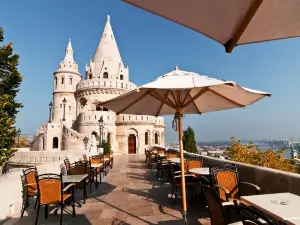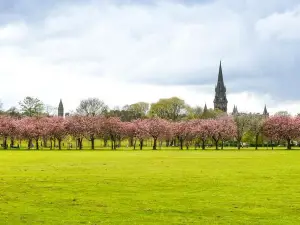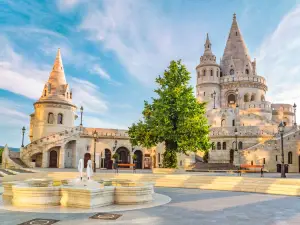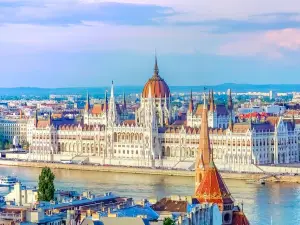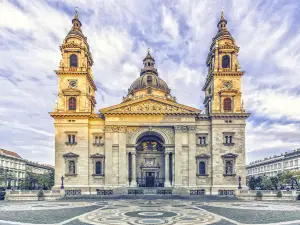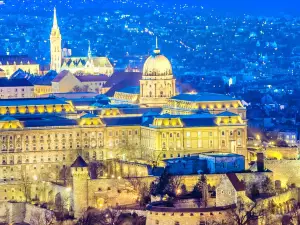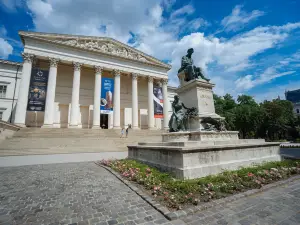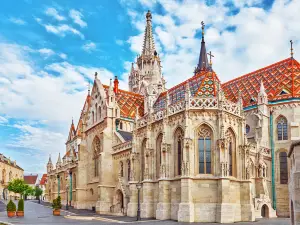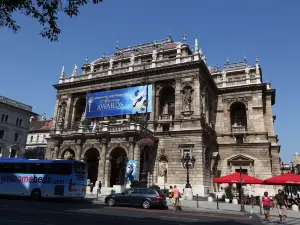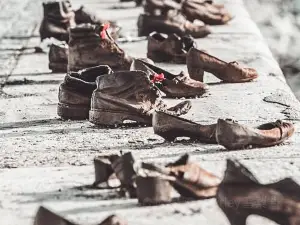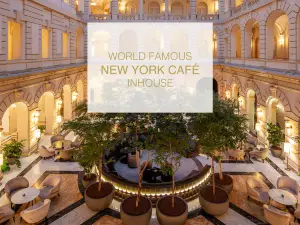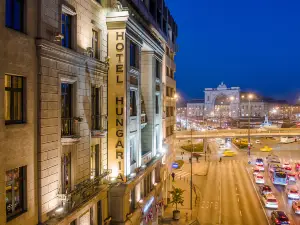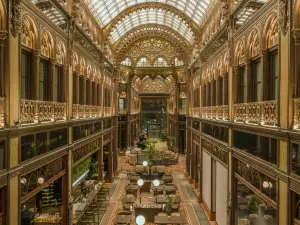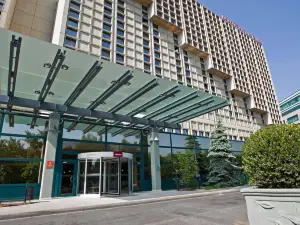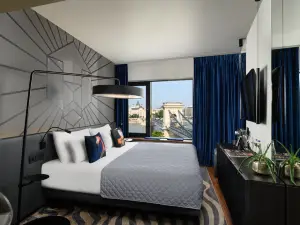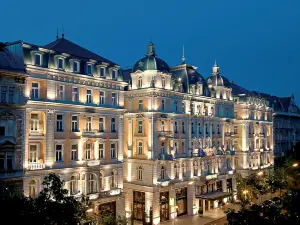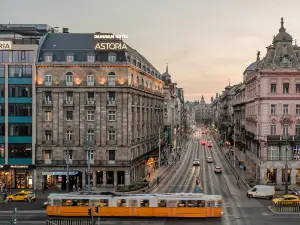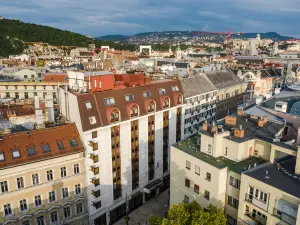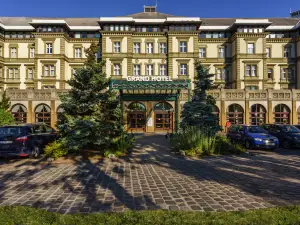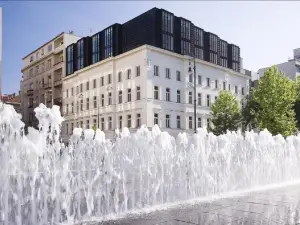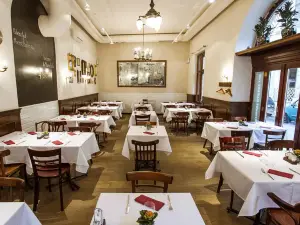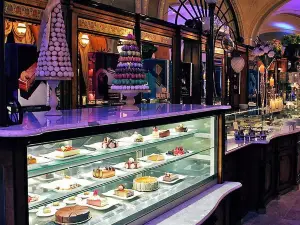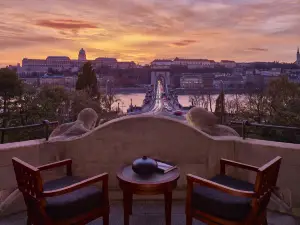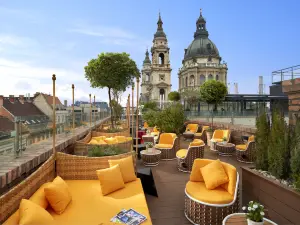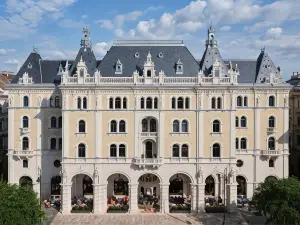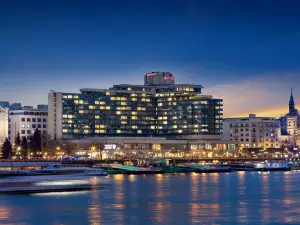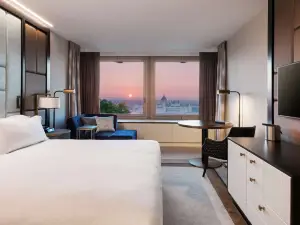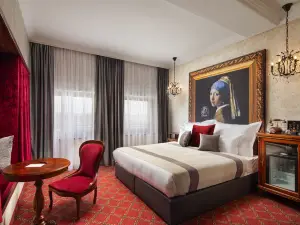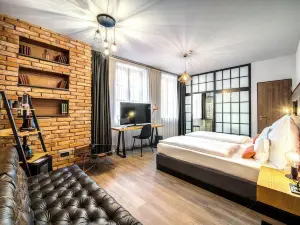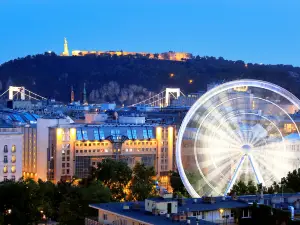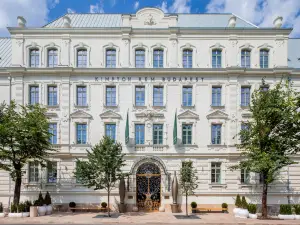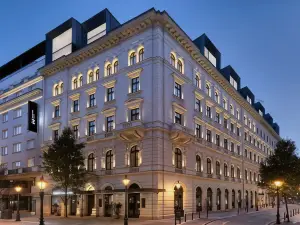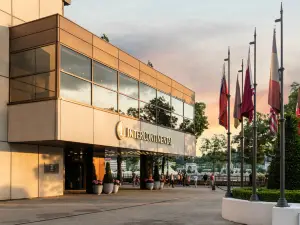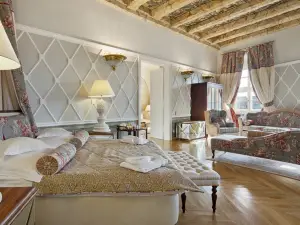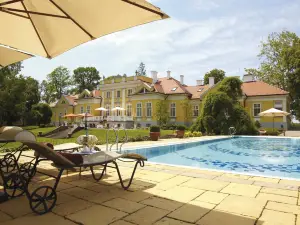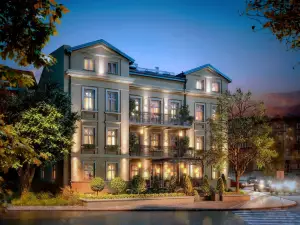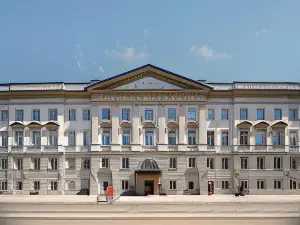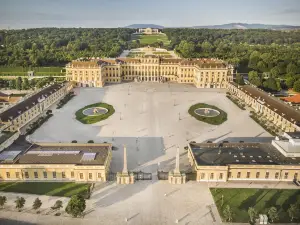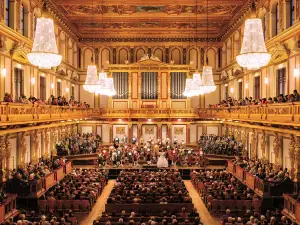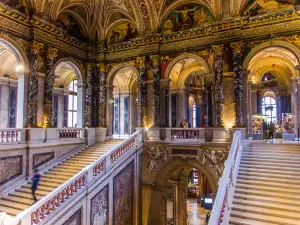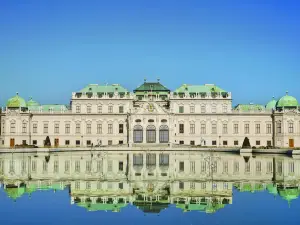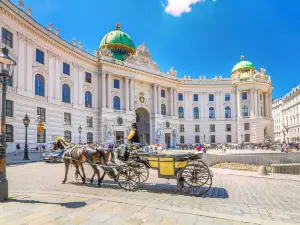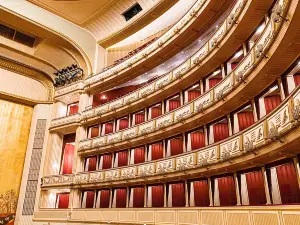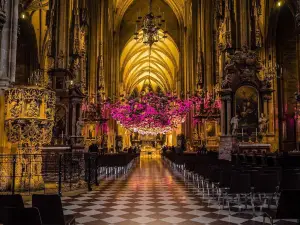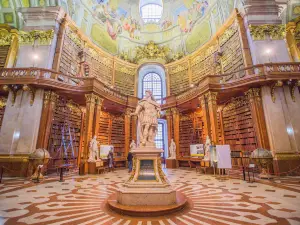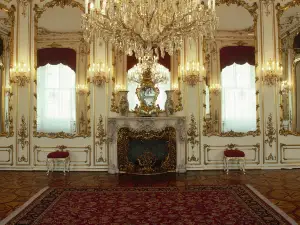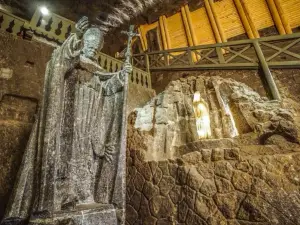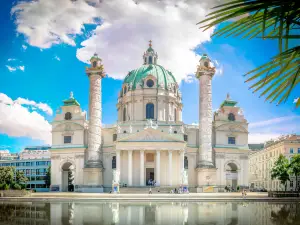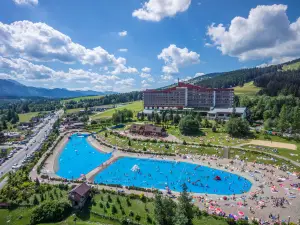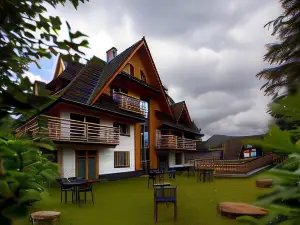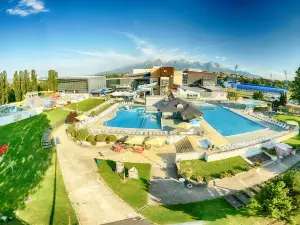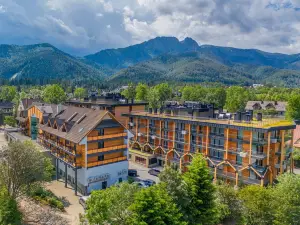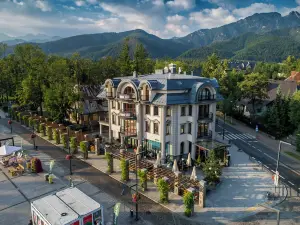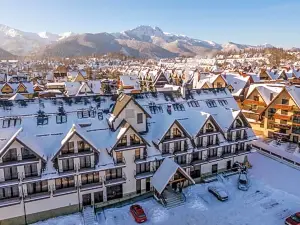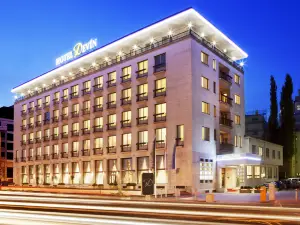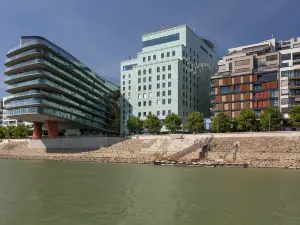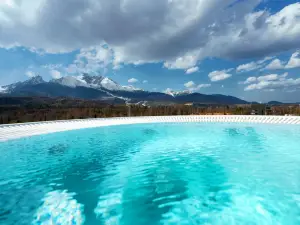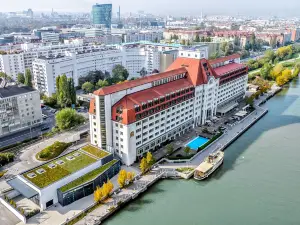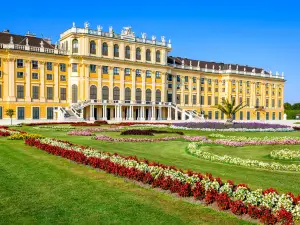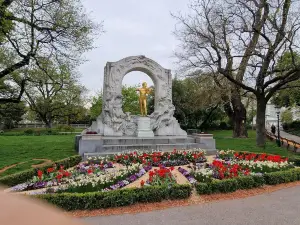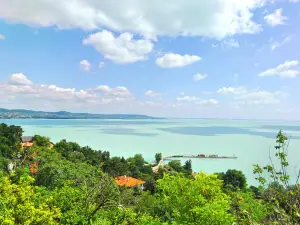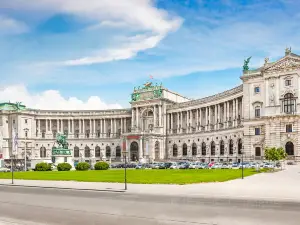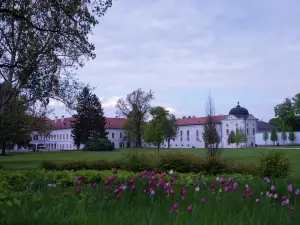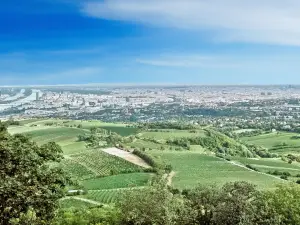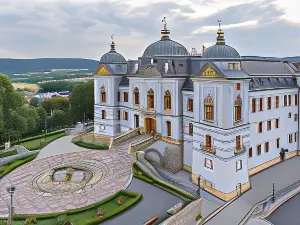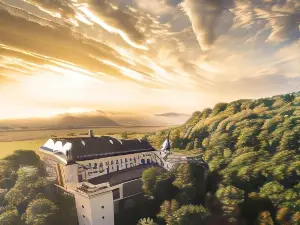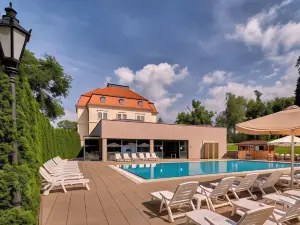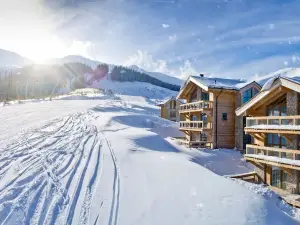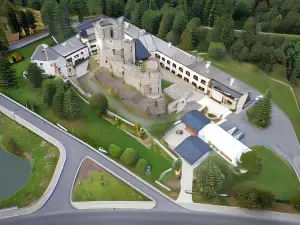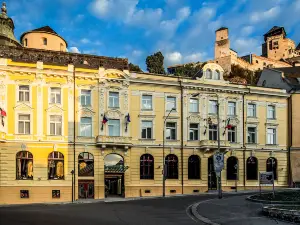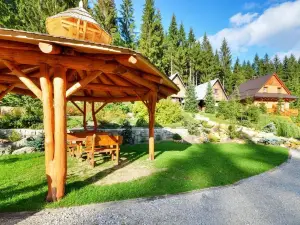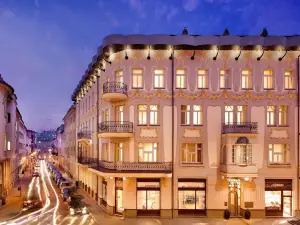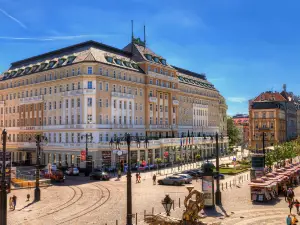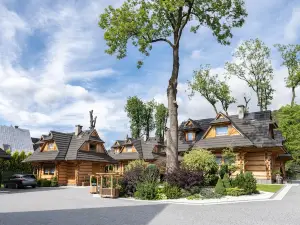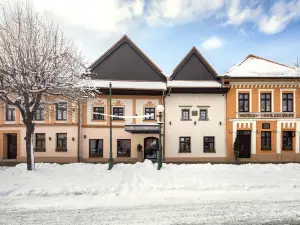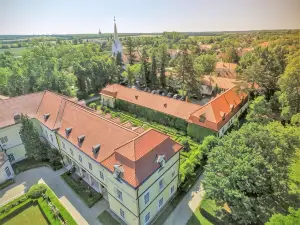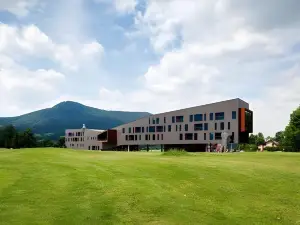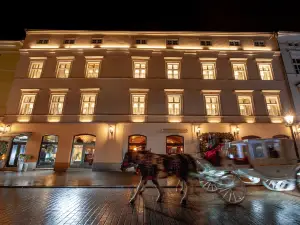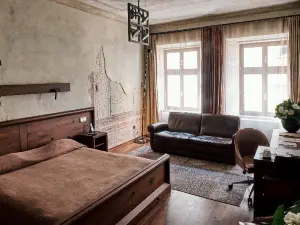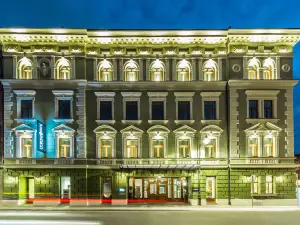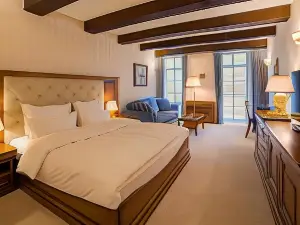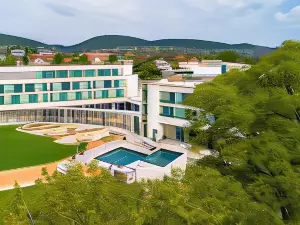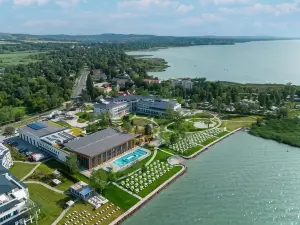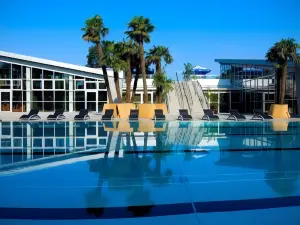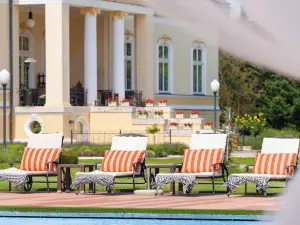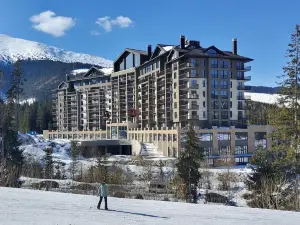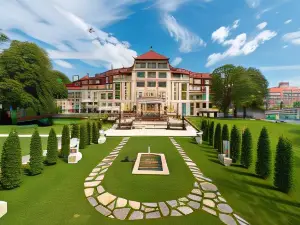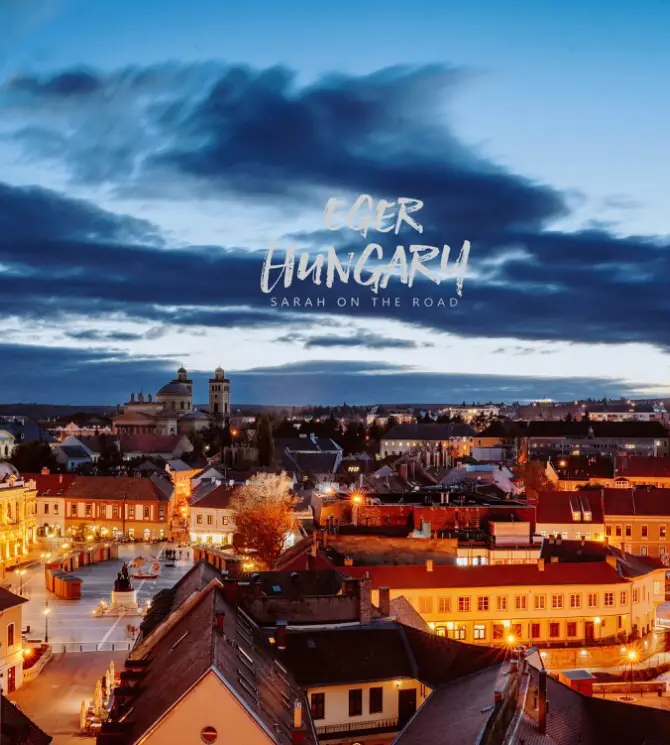2025 Budapest Travel Guide: Weather, Transportation, Popular Attractions, and Everything You Need (Updated 2025 4)
About Budapest
Recommended trip: 2–4 day(s)
Recommended trip: 2–4 day(s)Current Weather Conditions
Budapest Local Experiences Map
Budapest Local Travel Guide 2025
Budapest Brief Guide
Budapest is the capital city of Hungary and it is also known as the "Pearl on the River Danube." The two banks of the River Danube, west and east, were the two cities of Buda and Pest. Starting in 1873, they were united into a single city, now called Budapest. Buda, on the west bank, holds the highlands. Castle Hill gathers together many scenic spots and symbolic landmarks, such as Halaszbastya (Fisherman's Bastion) and Matthias Church. The hill is also a great place for beautiful views of distant Pest. Pest, on the east bank, is mostly flat. This is the site of the magnificent Hungarian parliament building, as well as famous shopping streets.
Budapest Must-try Local Experiences
1. Discover Budapest's Architectural Gems Explore Budapest's iconic landmarks such as the Hungarian Parliament, Széchenyi Chain Bridge, Buda Castle Hill, Matthias Church, and Fisherman's Bastion to discover historical exhibits and legends while enjoying breathtaking views. 2. Relax in Budapest's Thermal Baths Experience Budapest's rich spa culture at historic baths like Széchenyi or Gellért, offering thermal pools, saunas, and spa treatments. 3. Visit the Hungarian National Museum Explore the Hungarian National Museum to learn about the country's rich history, culture, and art through its extensive collection of artifacts and exhibits. 4. Savor Authentic Hungarian Cuisine Try Hungarian dishes like goulash, chicken paprikash, and lángos, and local desserts like chimney cake and Dobos torte are highly recommended to taste! 5. Find Unique Souvenirs Explore Váci Street for shops, crafts, and cafes, then visit the Great Market Hall for fresh produce and Hungarian specialties, perfect for unique souvenirs. Don’t miss Ecseri Flea Market, an excellent place for collectors can find beautiful antiques and vintage treasures! 6. Photograph the Parliament Building from across the Danube Capture the iconic image of the Hungarian Parliament Building reflected in the Danube River, especially stunning at night when illuminated. 7. Relax at Margaret Island Spend a leisurely day at Margaret Island, a tranquil oasis with beautiful gardens, walking paths, and recreational facilities.
Budapest Travel Tips
1. Book Thermal Baths and Parliament Tours in Advance: Budapest is famous for its thermal baths, such as Széchenyi and Gellért, and the Hungarian Parliament Building. It's highly recommended to book your tickets in advance for both attractions to avoid long queues and ensure entry, especially during peak tourist seasons. Online booking often provides expedited entry and ensures availability for guided tours in your preferred language. 2. Plan Visits Around Attraction Schedules: Many museums and attractions in Budapest, such as the Hungarian National Museum are closed on Mondays. Additionally, the Buda Castle Hill Funicular has specific operating hours and may close for maintenance. Most museums are open from Tuesday to Sunday, typically from 10 a.m. to 6 p.m. Check schedules in advance to plan your itinerary accordingly. 3. Synagogue Dress Code: When visiting the Dohány Street Synagogue, dress modestly. Men should wear a head covering (kippah provided if needed) and long pants. Both men and women should have their shoulders and knees covered. Avoid sleeveless tops, shorts, and miniskirts. Wear clean, presentable clothing as a sign of respect. 4. Avoid Walking Alone at Night: While Budapest is generally safe, it's advisable to avoid walking alone in poorly lit or less populated areas at night. Stick to well-lit streets and use reliable transportation options. Keep your personal belongings secure and stay alert. Familiarize yourself with local emergency services and trust your instincts. Avoid excessive alcohol consumption and consider the busier atmosphere on weekends for added safety. 5. Pickpocket Awareness: While Budapest is generally safe, be vigilant against pickpockets in crowded tourist areas, public transportation, and busy shopping streets. Keep your valuables secure in a belt bag or inside pocket, and be aware of your surroundings. Avoid street games and exchanging money on the streets. Popular spots like Váci Street and major attractions are common areas for pickpockets. 6. Taxi Precautions: Only use licensed taxis in Budapest to avoid scams. Look for yellow cabs with a taxi sign and a company logo. Always insist on using the meter and avoid hailing taxis on the street; instead, use ride-hailing apps like Bolt or call a reputable company such as Főtaxi or Citytaxi. Avoid freelancers and always ask for a receipt. 7. Drone Regulations in Budapest: Flying drones in Budapest require permission from the Hungarian aviation authorities. Unauthorized drone use can result in hefty fines or even imprisonment. Drones must be registered, and specific rules apply depending on the drone's weight and purpose. Ensure you have the necessary permits and adhere to altitude and no-fly zone restrictions before flying. 8. Strict Rules on Public Drinking: Drinking alcohol in public places is prohibited in Budapest, except for certain areas like Buda Castle and some parks. Police may be lenient in parks but can fine you if you cause a disturbance. Stick to bars, restaurants, and designated areas to avoid fines and legal issues.
Budapest Must-see Attractions
Budapest, the capital of Hungary, boasts a variety of architectural and historical landmarks such as the Hungarian Parliament Building, Buda Castle, St. Stephen's Basilica, and Fisherman's Bastion, each offering unique insights into the country's rich cultural and political heritage, complemented by unique experiences like the Danube Boat Tour.
Budapest Nightlife Highlights
Budapest is an illuminated landmark at night, including a mesmerizing cruise along the Danube to view the skyline, the historically significant Széchenyi Chain Bridge aglow, and the enchanting luminous facade of the Hungarian Parliament Building, offering unique sights to admire the city’s architectural beauty and cultural heritage. Visitors can also have an excellent opportunity to take photos.
Budapest Where to Stay
Budapest is a vibrant city divided into several districts each offering distinct accommodation options for travelers. Among the prime areas for travelers are District VI-Terezvaros, Fisherman's Bastion, and the Hungarian Parliament Building area, each renowned for their unique characteristics and amenities for visitors.
Budapest Food Guide
Budapest's food scene offers a variety of traditional Hungarian dishes such as Goulash, fisherman's soup, chicken paprikash, and stuffed cabbage, each characterized by rich flavors and a hearty composition, frequently accompanied by spices like paprika and chili powder.
Budapest Useful Guide
Budapest’s transportation infrastructure intelligently caters to both local and international travelers, particularly through its primary international airport and main bus station for long-distance and international buses. Budapest Ferenc Liszt International Airport serves as the main gateway for air travel into Hungary. Located approximately 24 km southeast of Budapest's city center, this airport is the largest in the country. It houses two terminals, 2A and 2B, that handle flights to numerous international destinations. For transportation to the city center, travelers can choose Bus Route 200E, which connects the airport to the nearest metro station, Kőbánya-Kispest. Then visitors can continue the journey to central Budapest by metro. Népliget Bus Station is Budapest's vital terminal for international and long-distance buses. Situated in the southeastern part of the city, this terminal is conveniently accessible through the Népliget metro station on the M3 (blue line), making it well-connected to Budapest’s city center.
Trip.Best: Budapest
Things to do in Budapest
What to Do
St. Stephen's Basilica
Széchenyi Thermal Bath
Shoes on the Danube Bank
Where to Stay
What to Eat
Gerloczy CAFE & RESTAURANT
Budapest Moments: Through Travelers' Eyes

Hungarian Museum of Fine Arts, Budapest

Budapest is calling-Buda Itinerary

New York Café Budapest🫖

4 Days in Budapest

Budapest at 6:39 am, you're breathtaking.

When traveling to Budapest, you must visit Fisherman's Bastion.

7 Days in Budapest

Most underrated European City 🇭🇺
What People Are Saying About Budapest
Budapest Danube Boat Tour
Fisherman's Bastion
Hungarian Parliament Building
St. Stephen's Basilica
Széchenyi Thermal Bath
Buda Castle
Hungarian National Museum
Matthias Church
Hungarian State Opera
Széchenyi Chain Bridge
How much do you know about Budapest?
What's the most popular attractions in Budapest?
What currency is used in Budapest?
How to get to Munich from Budapest?
Best of Budapest
About
Site Operator: Trip.com Travel Singapore Pte. Ltd.

